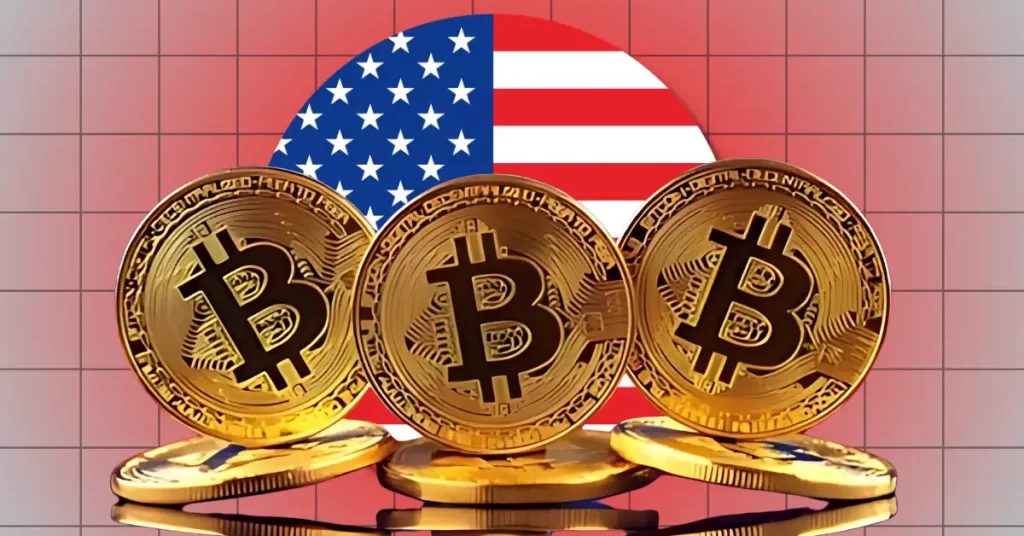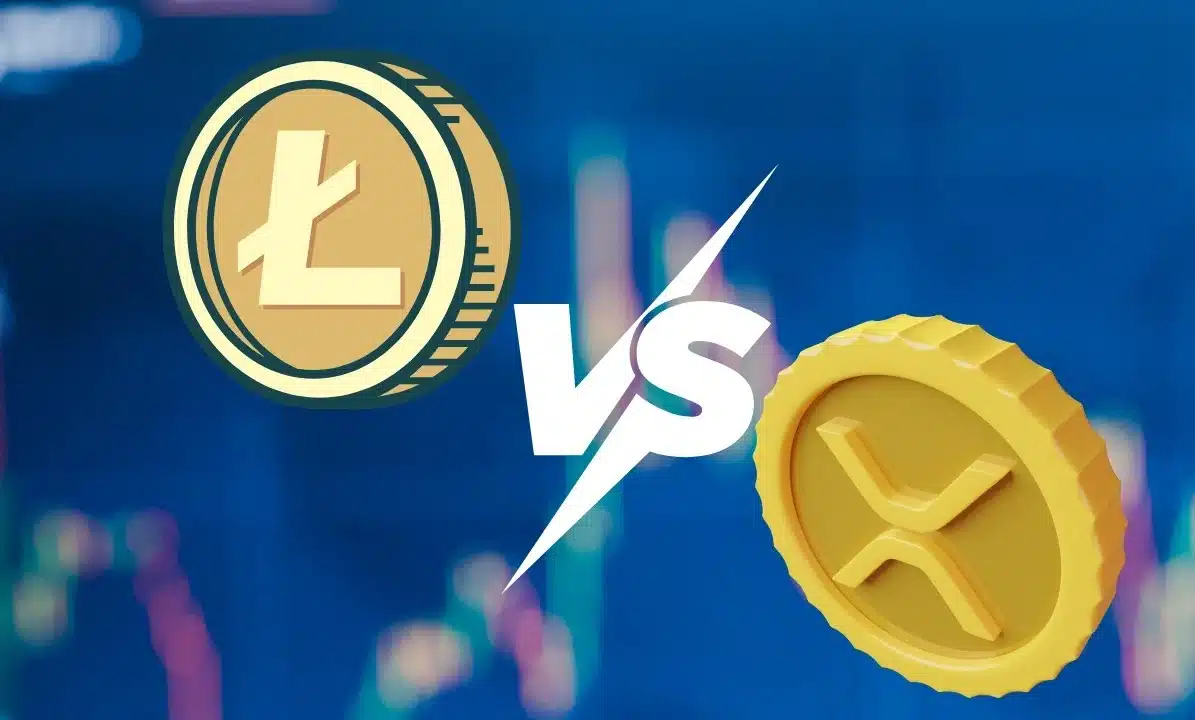Last Quiet Week for Crypto? Congress Set to Tackle Market Structure, Stablecoins, and Tokenization

The post Last Quiet Week for Crypto? Congress Set to Tackle Market Structure, Stablecoins, and Tokenization appeared first on Coinpedia Fintech News
Crypto may be entering its final calm before a storm of regulatory activity in Washington. According to Ron Hammond, Head of Policy and Advocacy at Wintermute, this week could be the last “quiet week” before Congress returns with a packed agenda that directly impacts the digital asset industry.
Congress Returns With Heavy Agenda
After a month-long recess in August, lawmakers are back in Washington, facing a possible shutdown at the end of September. But crypto is also high on the list. The Senate is preparing its own version of a market structure bill, a framework that could define how digital assets are regulated in the US. Unlike the House, which already passed the bipartisan Clarity Act earlier this year, the Senate wants to draft its own approach.
A first draft is expected by mid-to-late September. Hammond noted that while a shutdown could delay progress, momentum is strong, and key committees are preparing to review the bill in the fall.
Market Structure Bill: What to Expect
The House has been working on market structure for nearly eight years, but the Senate only began serious hearings this year. Hammond explained that senators want more ownership of the process and may revise definitions around ancillary assets and decentralization tests.
If progress continues, a Senate vote could happen in late October or early November, with the possibility of the House taking it up before Christmas. That means the bill could either be passed by year-end or pushed into 2026.
TradFi vs. Crypto: The Tokenization Battle
Beyond market structure, another hot topic is tokenization of traditional assets. Citadel and other Wall Street players have voiced skepticism, warning of risks. On the other hand, firms like Galaxy Digital are embracing tokenized securities. Hammond said the debate is intensifying in DC, with the SEC hinting at guidance on tokenized equities soon.
Banks Push Back Against Stablecoins
Banks are becoming more aggressive in their lobbying. Their main concern? Interest-bearing stablecoins. Banks fear these could drain deposits from the financial system. While earlier compromises had limited stablecoin issuers, banks now want additional restrictions that close off affiliates, brokers, and dealers from offering them.
This puts them directly at odds with the crypto industry, which argues stablecoins bring efficiency, transparency, and lower costs for cross-border payments.
Odds of Passage
Prediction markets put the chance of a market structure bill becoming law this year at around 40%, but Hammond thinks the odds are higher. “The right people are talking,” Hammond said, adding that bipartisan buy-in increases the likelihood of progress.
If Hammond is correct, the calm is ending. By late fall, crypto could see its most consequential regulatory shifts yet. Between the Senate’s market structure draft, stablecoin debates, and tokenization rules, the next few months may set the foundation for how digital assets operate in the US for years to come.
También te puede interesar

Embedded Gen AI: Smarter Predictive Maintenance Apps for Manufacturing

PA Chart | One chart to understand the major Web3 events worth paying attention to in May
